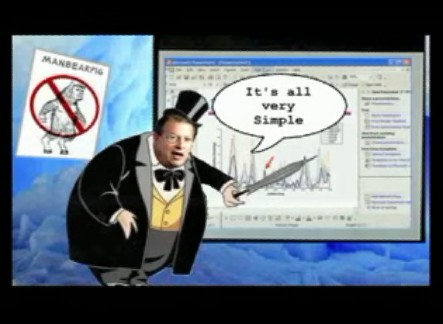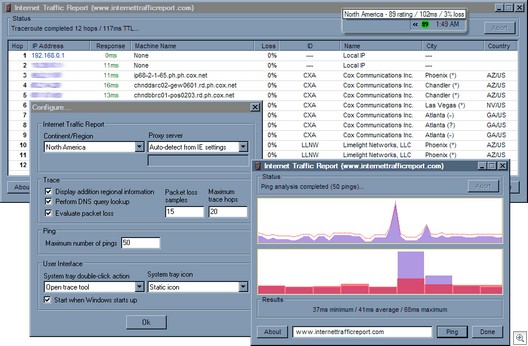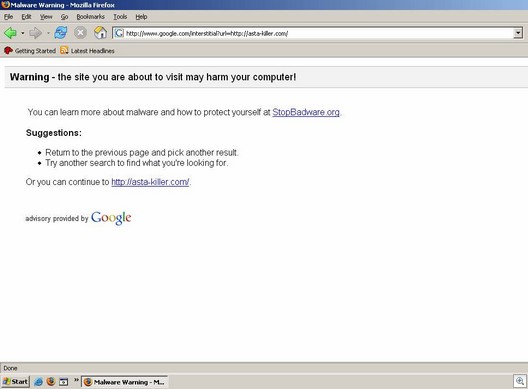A new feature of this blog will be weekly IT security news. Targeted at system administrators, it’s a recap of events as well various tools. From our weekly newsletter, WServerNews.
Redmond’s One Big Vista Mistake
Well, if you believe recently published data from Jupiter Research, about 50 percent of companies either won’t deploy Windows Vista at all or will wait at least 13 months after the system’s November corporate release to begin installation. Why am I not surprised?
There’s a lot that stands in the way. First of all hardware. You need some pretty advanced ‘schtuff’ to run Vista flawlessly. But there are also upgrade issues. For instance W2K users will not be able to upgrade to Vista, but can buy it at a discount (you will need a clean install though). XP Pro users will only be able allowed to upgrade to the Vista Business and Ultimate editions due to complications arising from built-in XP Pro features.
And what is Redmond’s One Big Vista Mistake? Ballmer admitted recently that one big, wrong decision led to all the Vista delays. They took a “Big Bang” approach and tried to overhaul all of the OS core components at the same time. That strategy eventually led to a fiery development crash. But now they have their act together, and the new OS seems to be a lot more secure than earlier ones. The proof is in the pudding though, so we’ll believe it when we see it.
Check this out: Free Web Employee Directory + Secure Self Service – rDirectory for Active Directory. Link here.
August: Another Big Patch Month
They will release 12 security bulletins next Tuesday to fix holes in both Windows and Office. Ten patches are for Windows, with at least one rated as “critical”. The other two security updates, at least one of which also is rated “critical,” affect Office. The patches, some of which will require a restart, will be released on Aug 15. That same day, they will release an updated version of its Windows Malicious Software Removal Tool.
Learning Guide: Managing Virtualized Environments
This guide explores best practices and pitfalls to avoid when managing virtualized environments. You’ll find virtualization performance, security and configuration checklists, tips, white papers and more to help you manage your virtual environment efficiently (free registration required). Link here.
Three Ways To Improve Wireless Network Access For Your Users
Wireless networking has been a massive boon for those organizations with employees constantly on the go who need to have network access no matter how far they are from a LAN port. If your company has workers who rely on wireless networking, here are three tips to improve your wireless strategy – especially if the company has it in multiple locations (free registration required). Link here.
Why HTTP Can Hurt Exchange ActiveSync Attachments
Exchange ActiveSync uses certain custom extensions on the HTTP protocol — called HTTP “verb” commands — that are sent in the context of an HTTP request to tell the server what the mobile client is trying to accomplish. If one of these “verbs” is blocked by a proxy, firewall or server-side constraint, attachment synchronization to mobile devices will fail. The same issue can create SharePoint errors as well. At SearchExchange, here.
Filemon, Regmon Will Stay Free
Sysinternals founder Mark Russinovich says Microsoft’s top priority is keeping widely used admin tools like Filemon, Regmon and Process Explorer freely available. At SearchWinIT.com here.
eWEEK Labs Review: From MOM to SCOM?
Microsoft SCOM 2007 streamlines a host of operations, but there’s no upgrade path. SCOM 2007 Beta 2 System Center Operations Manager 2007 Beta 2 is a big step forward for Microsoft’s management platform, although there is no way to upgrade current MOM installations. New user roles, design templates and discovery methods will ease installation and make the product easier to use in audit-conscious organizations. The Lab Review is recommended, it’s at the eWEEK site, here.
Redmond Management Deck Shuffle
Microsoft announced yesterday that Brian Valentine, senior vice president of the Windows Core Operating System Division (COSD), Dave Cutler, a senior technical fellow, and Amitabh Srivastava, corporate vice president of COSD, will leave the Windows team after the completion of Vista to pursue other opportunities within the company. After Vista is released to manufacturing, Cutler and Srivastava will work to develop Microsoft’s Live online products and services directly with Ray Ozzie, Microsoft’s Chief Software Architect. Jon DeVaan will serve as senior vice president of engineering and will share co-leadership of COSD with Valentine until his departure. DeVaan will assume full control of the division following Valentine’s exit.
Get Yer Red-Hot Compute Cluster Servers Rite Heah!
As expected, Microsoft announced this week customer availability of its first entry into high-performance computing circles. Windows Compute Cluster Server 2003 was released to manufacturing (RTM) in July with customer deliveries starting this month. Read more at ENTMag, here.
Microsoft Reveals Additions to W2K3 SP2
Redmond revealed more detail about some new features of the coming SP2 for Windows Server 2003. The development team released more data on their Windows Server Division Weblog this week. Instead of repeating everything, you should definitely check out their blog!
Stu






